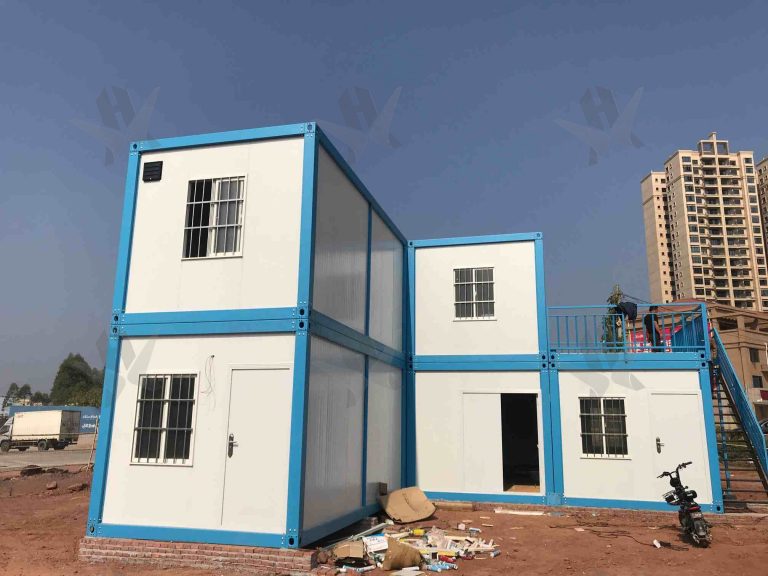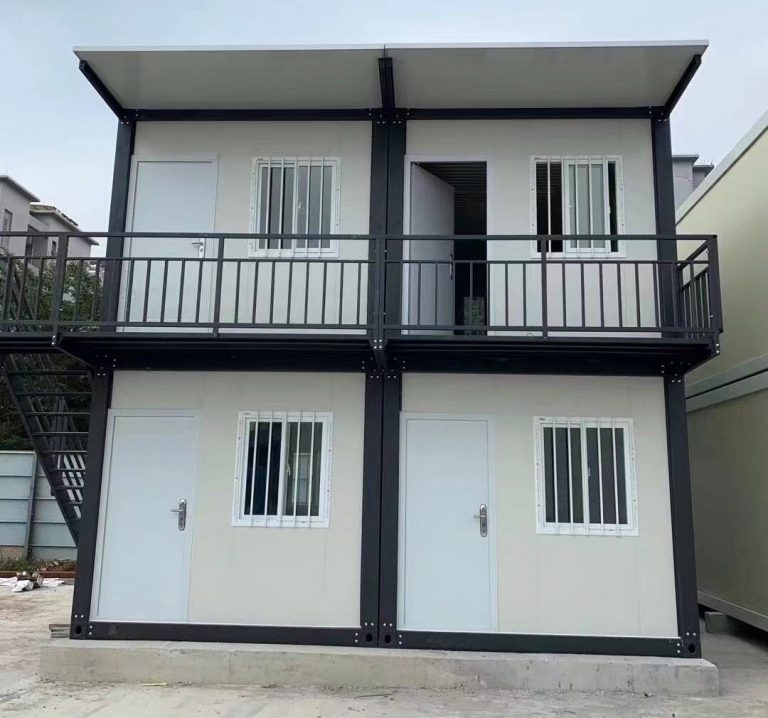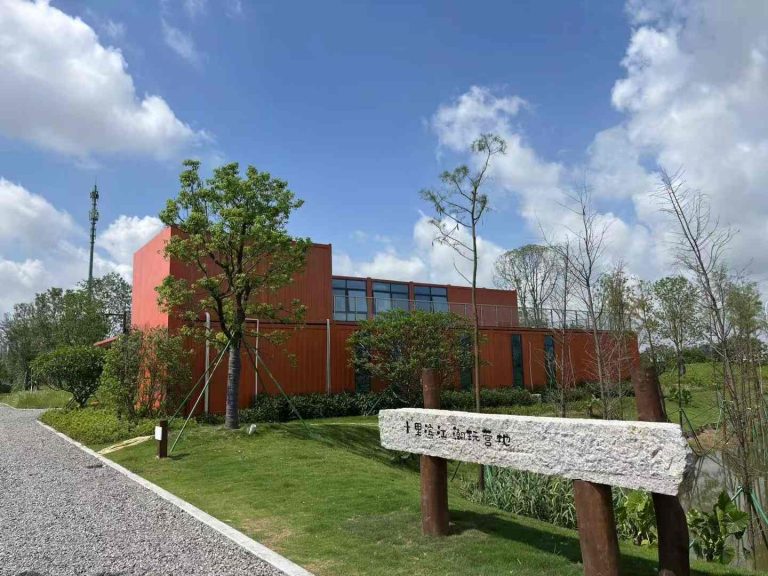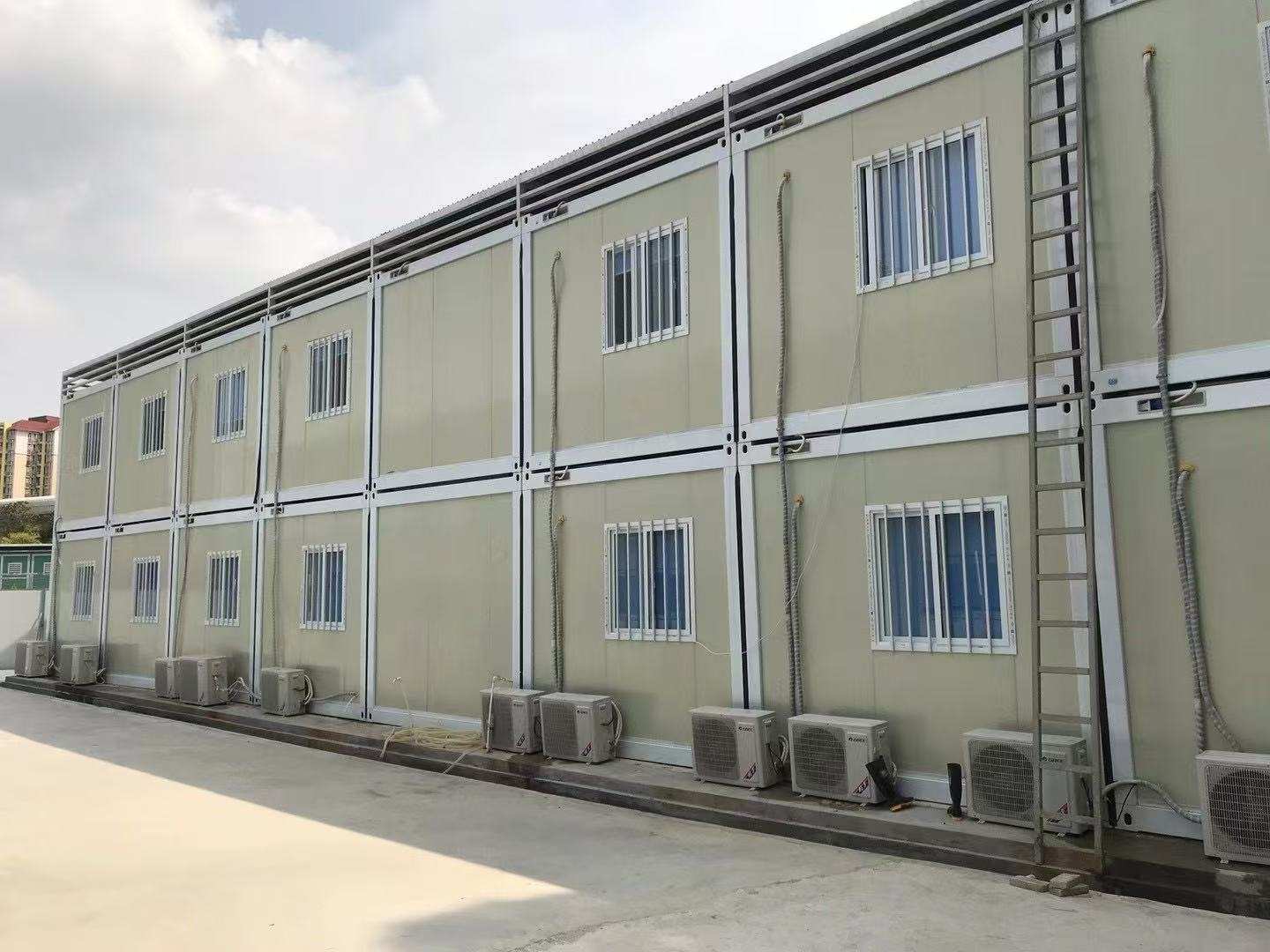
Today, disasters, both natural and man-made, can strike without warning, making rapid, reliable, and resilient shelter solutions crucial. Traditional construction methods struggle under time pressures, while container-based temporary structures offer quick, safe shelter in critical moments
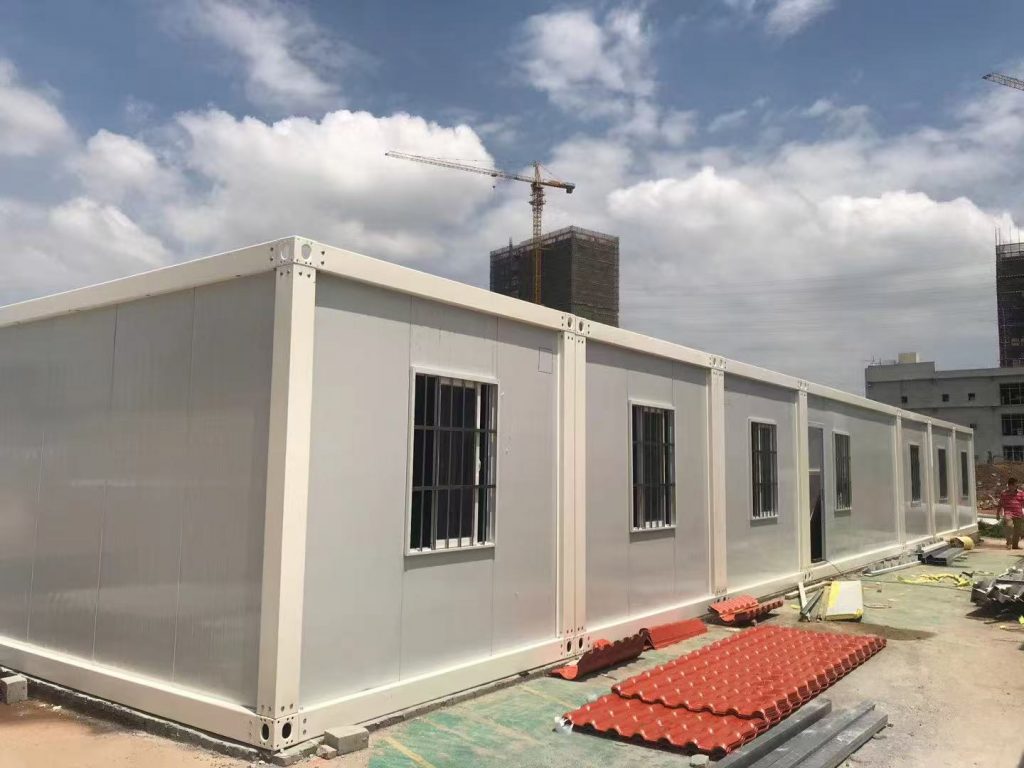
Why do temporary container buildings play such a vital role in emergencies?
1. Rapid Deployment: A Lifeline
Unlike traditional buildings, which take months to construct, container units can be deployed in hours. Foldable container homes can be quickly assembled, providing immediate shelter for displaced communities. This agility transforms chaos into order, offering hope in times of disaster
2. A Perfect Combination of Strength and Adaptability
Containers are inherently durable—designed to withstand harsh weather conditions. When repurposed as temporary structures, their steel frames can withstand earthquakes, fires, and extreme weather. But their true strength lies in their modularity: they can be stacked, combined, and customized to create field hospitals, command centers, or health units
3. Beyond Shelter: A Platform for Rebuilding
Containers are more than just housing; they can rebuild communities. During urban emergencies, they are transformed into schools, markets, and counseling centers—spaces that help restore normal life during times of uncertainty. Their potential for reuse also reduces waste, aligning relief with sustainability
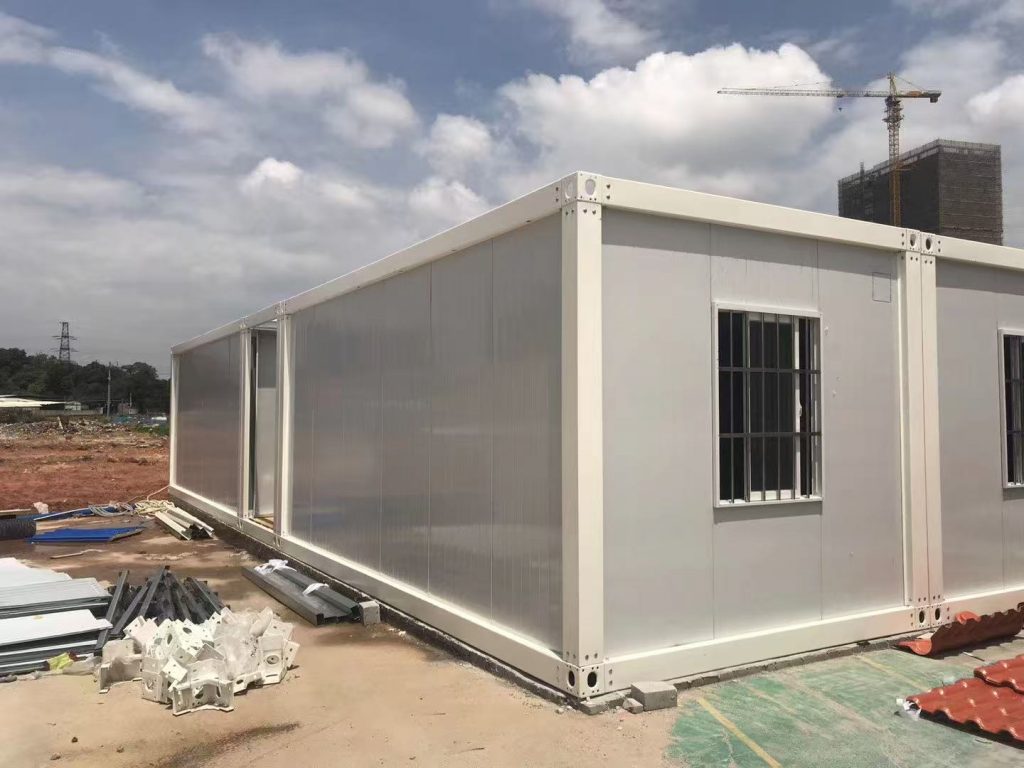
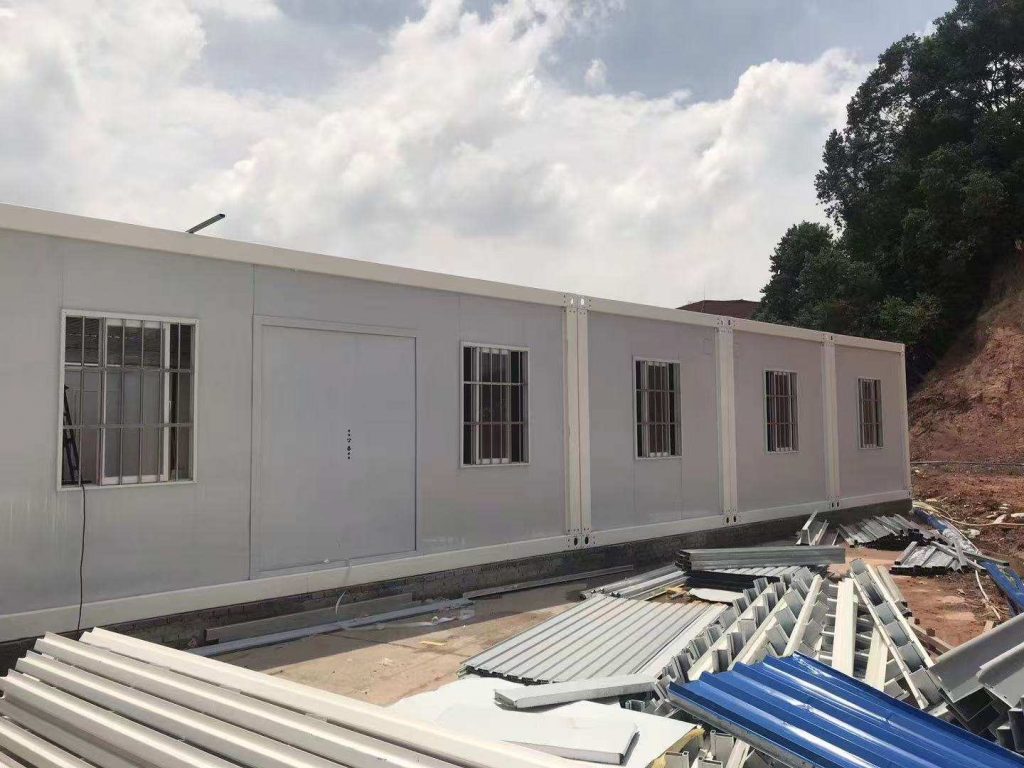
The Bigger Picture: From Reactive to Resilient Response
The true value of container construction lies in its ability to transform emergency response into long-term resilience. By prefabricating units with standardized connectors and scalable designs, we enable communities to repurpose them as permanent clinics, classrooms, or housing, transforming crisis infrastructure into legacy assets
stacked, combined, and customized to create field hospitals, command centers, or health units
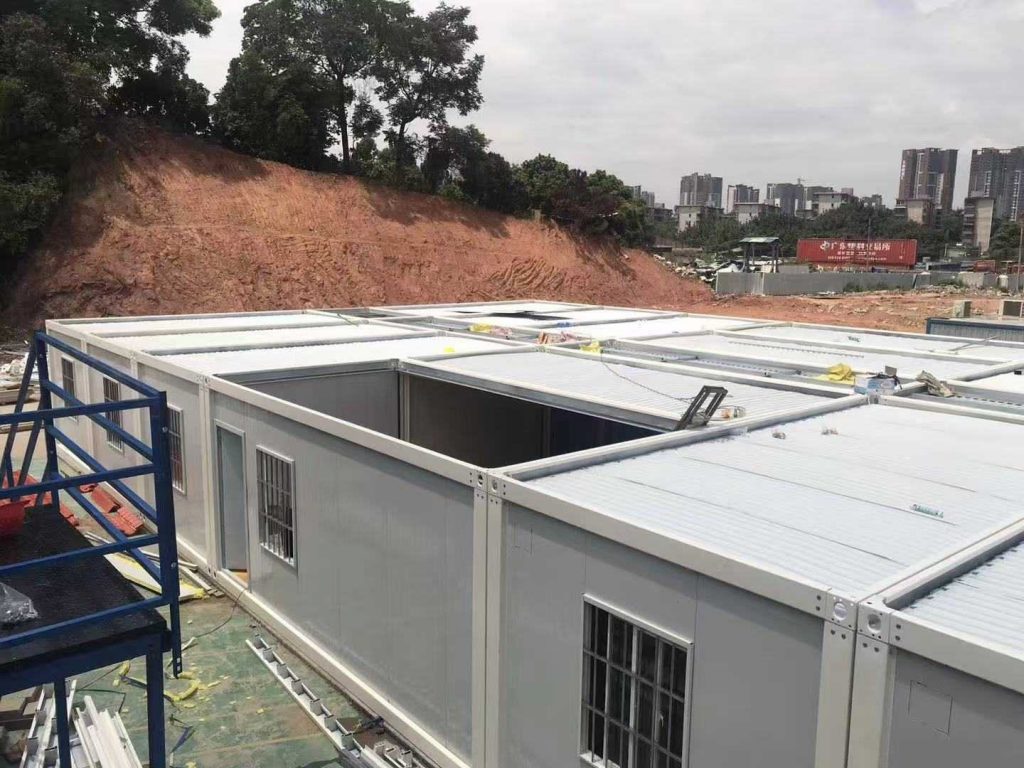
Conclusion: Moving Forward, Not Just Backward
When disaster strikes, temporary container buildings do more than just provide a roof; they offer stability, innovation, and continuity. As a global supplier, we are committed to advancing these solutions, enabling them to not only respond to emergencies, but also redefine them

